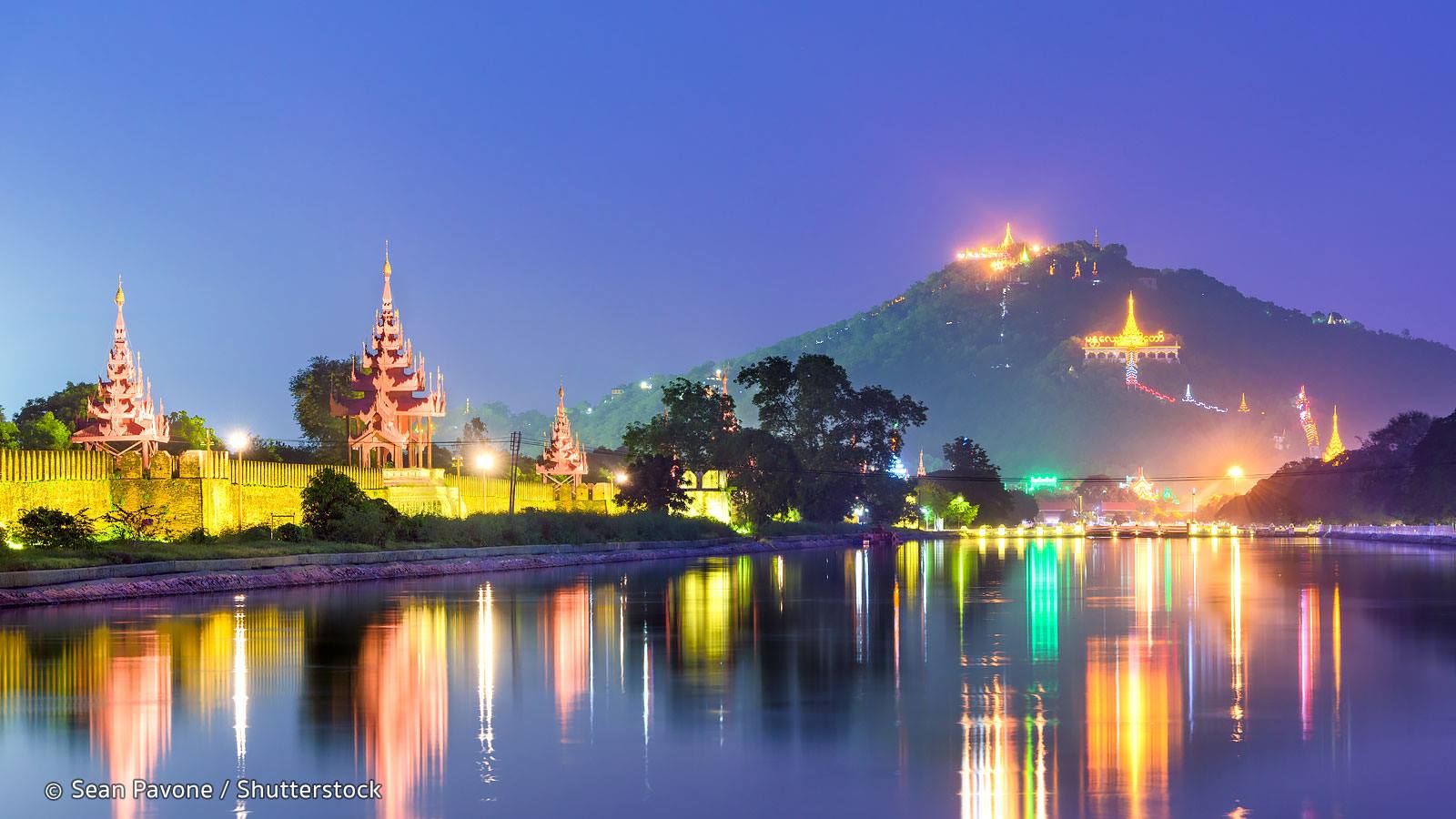Myanmar’s royal city, Mandalay, has tumultuous history marked by decades of British rule and the fall of the country’s royal dynasty. Myanmar’s second largest city’s officials now strive to metamorphose the agglomeration into the first smart city in Myanmar.
Mandalay’s first municipal government with a majority of civilians has launched a regional initiative in order to foster technological development and transform the city. New technologies, such as social networks for instance, play an utterly important role in the process. The mayor, U Ye Lwin, now communicates with residents and subordinates via Facebook. Authorities undertake online digital surveys or tap into 3D images shot by drones in order to improve tax collection efficiency. To monitor the most congested roads, sensors installed on CCTV cameras adjust the sequencing of traffic lights. Moreover, the local government has heavily invested in waste management systems enhancements. Authorities have installed tracking systems on garbage trucks as a way to ensure they are collecting the litter everywhere.
In recent weeks, Mandalay has attracted international attention due to a proposed deal between the regional government and Huawei, the Chinese tech giant. The latter could provide the city with cameras equipped with cutting edge facial recognition technology coupled with other security equipment. This is part of the local government’s “safe city” project worth USD 1.24 million (MMK 1.8 billion). The Trump administration has recently warned against Huawei’s technology because of alleged fears that it could be a vehicle for Chinese espionage.


